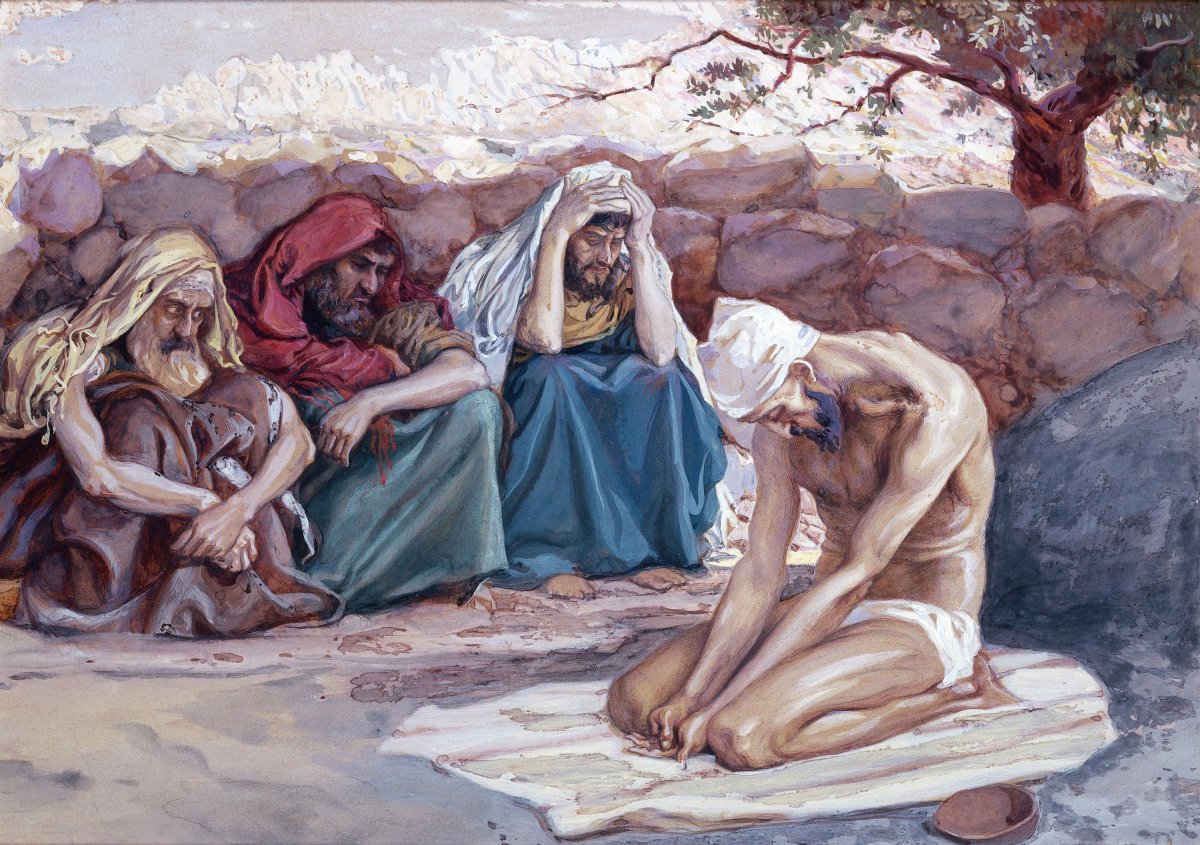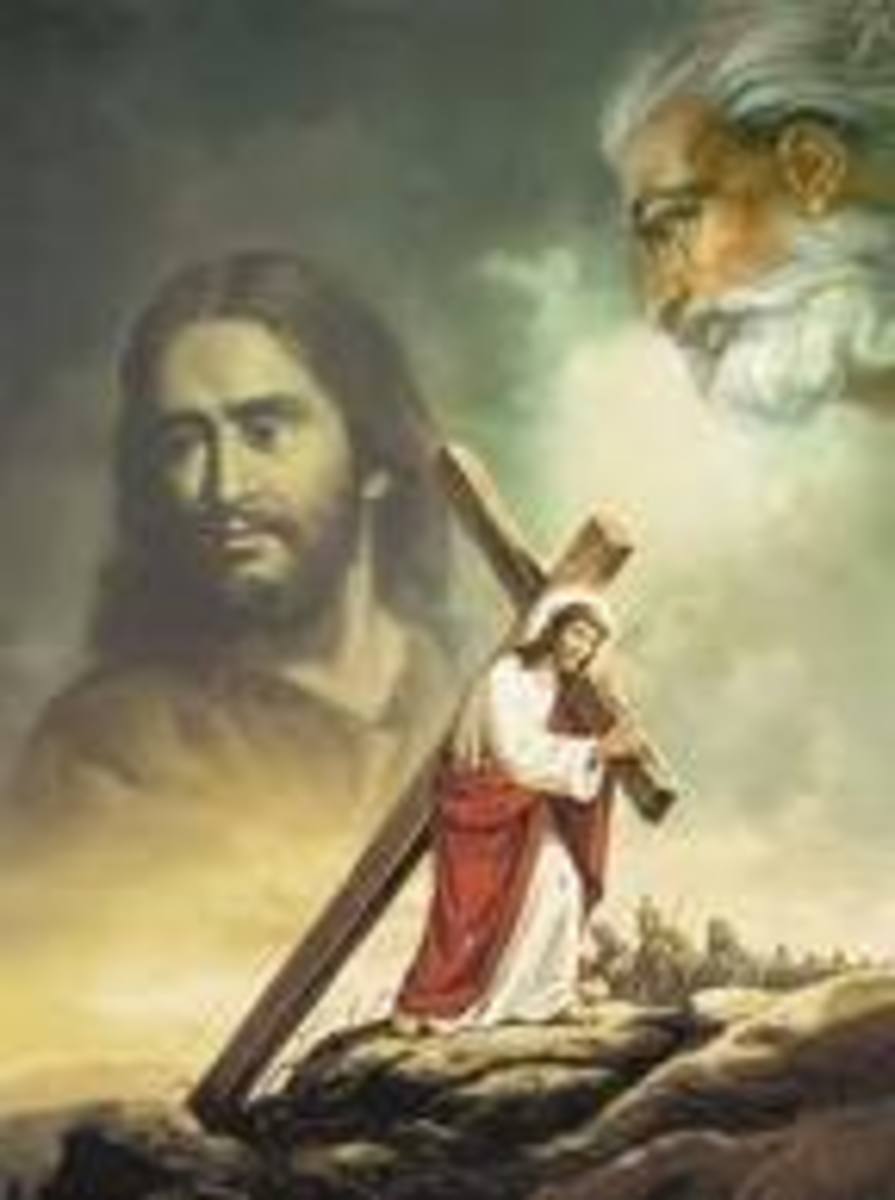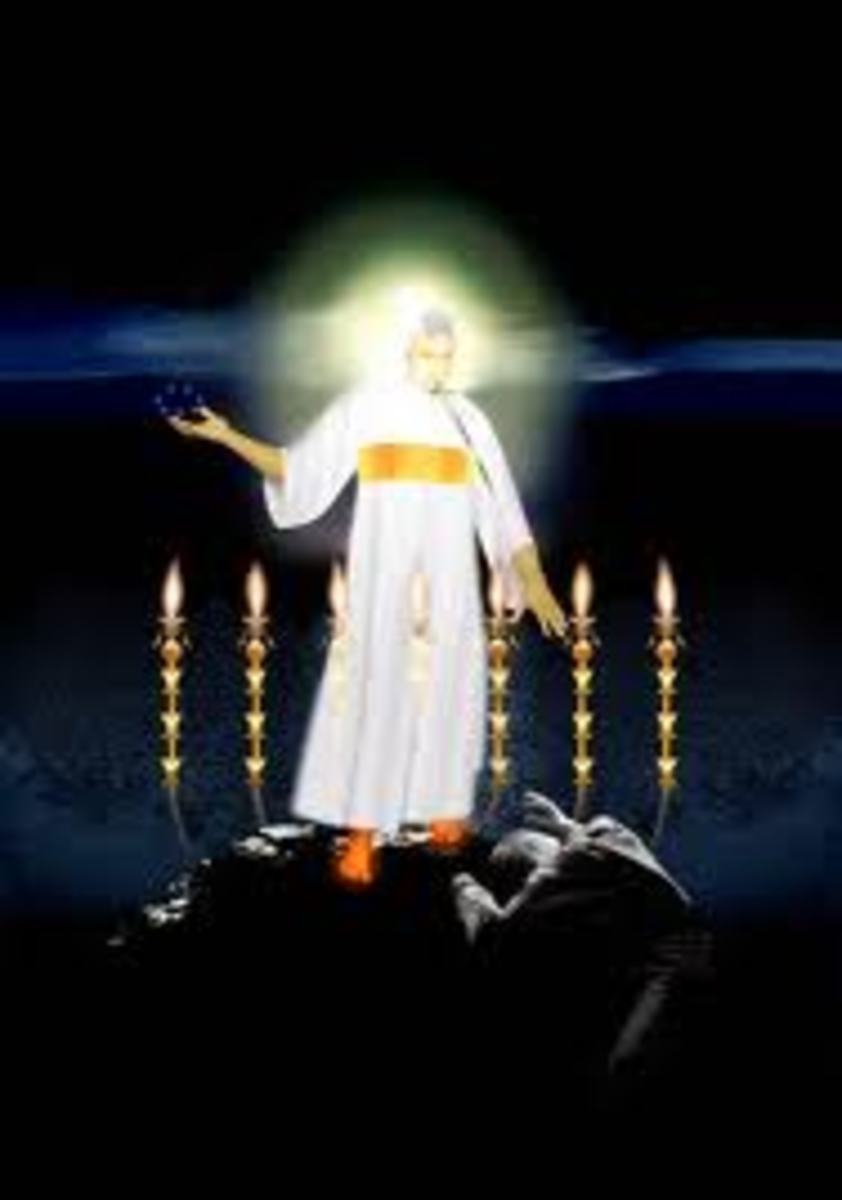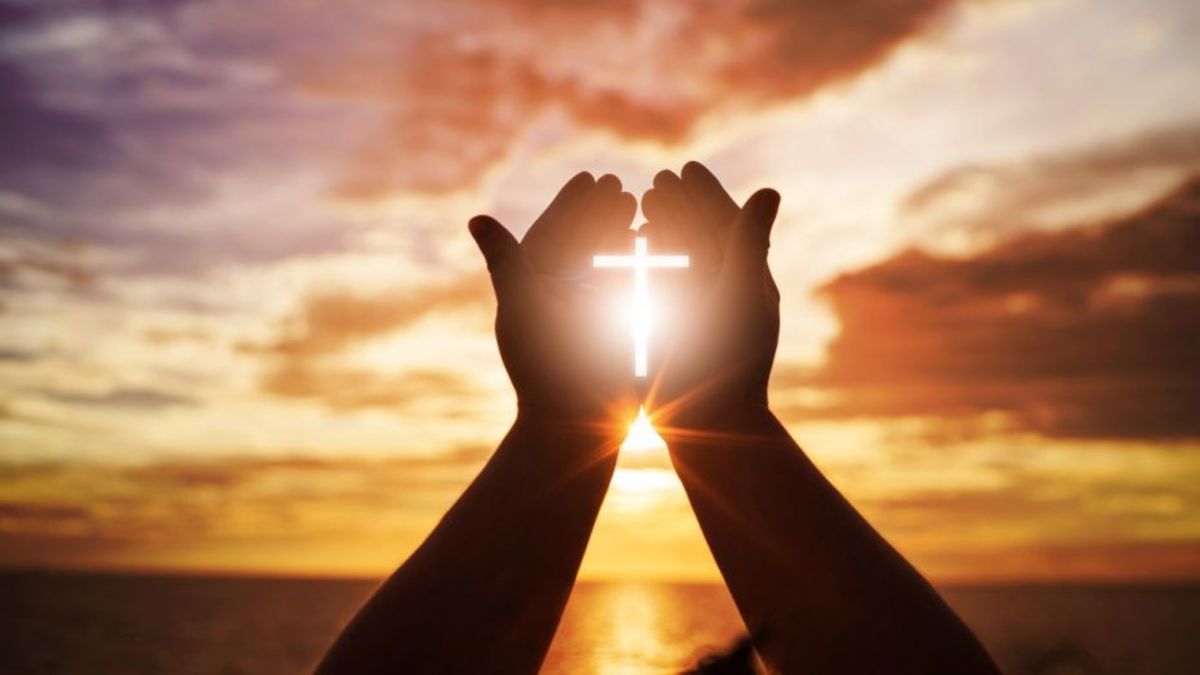The Philadelphian Church
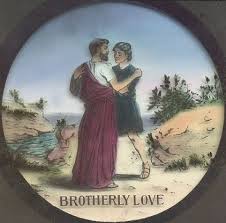
Church of Brotherly Love
3:7 “And to the angel of the church in Philadelphia write; These things saith he that is holy,he that is true, he that hath the key of David, he that openeth, and no man shutteth; and shutteth, and no man openeth;”
The city of Philadelphia (modern day Allah-shehr, city of God) is located about 30 miles SE of Sardis. The name means “brotherly love,” and commemorates the love between Attalus II (220-130 BC), who founded the city, and his brother Eumenes II. This prevailing character of the church is to establish the idea of social concern, i.e. “I am my brother’s keeper” self-view. The city is located on the Cogamis River which is tributary to the Hermus (modern Gebiz). Thereby, forming a natural line of communication to Sardis, which was situated on the Hermus. The reason for Attalus II building the city was so the Pergamenian kings would have a line of communication from Pergamos, via Sardis and Philadelphia, to the Maeander Valley and the S highway (with the cites of Loadoicea and Hierapolis). The region was plagued with severe earthquakes (Strado XII. 579; XIII. 628); most likely, because of this many of the citizens chose to live in small villages around the city. As a result of this, much of the city’s wealth was in the villages that belong to it. Philadelphia was, along with Sardis and other important cities of the area, hit by the disastrous earthquake of A.D. 17. The city was rebuilt by Tiberius, and in his honor was called Neo Caesarea.
The strength of the Christian community in the first century must have been considerable, although the present city of Alashehir occupies the same space and very little has been found in the way of archaeological finds (due to the lack of opportunity to search). But the glory of a completely Christian Philadelphia is seen during the Seljuk and Ottoman empires. During the Seljuk and Ottoman attack on the Byzantine Empire, Philadelphia maintained herself as an isolated Christian city, inside the conquered territory. The city historically withstood two sieges, and when finally it did fall it was to the combined forces of Beyasit I and his Greek supporter Manuel II, and that in AD 1391.
Philadelphia shows a kinship with Laodicea, in that the glorified Christ introduces Himself with a triplet epithet. Here, He is:
- “He that is holy,”
- “He that is true,”
- “He that hath the key of David.”
This is a good sign for Philadelphia, in that three is God’s number of confirmation.

The Addressor's Identity, He that is Holy
“... he that is holy, ...” ~ Christ refers to Himself as the “Holy One.” Many may achieve holiness, but there is only one who is intrinsically Holy; who is, Himself, the One source of all holiness. Righteousness is the fruit of holiness, in that righteousness is actually produced from character that is intrinsically good (holiness). The man Christ Jesus taught there was but One who was truly Good—God (Matt 19:17). Yahweh uses the self assigned epithet: “Holy One of Israel” (Is 45:11; 47:4); the prophet Habakkak clearly calls God the “Holy One” (Hab 3:3–4); the Messiah who was to come is called by the Psalmist the “Holy One” (Ps 16:10 cf Acts 2:27)—which becomes very significant when it is understood that the Messiah would be the “Eternal One” (Mic 5:2), the “Mighty God,” the “Everlasting Father” (Is 9:6)—the baby born to Mary of Nazareth is called “that holy thing” (Luke 1:35) by Gabriel. The first century believers referred to the human Christ as the Father’s “Holy Child Jesus” (Acts 4:27). During the earthly ministry of Jesus, evil spirits recognized him as “the Holy One of God” (Mark 1:24); during Peter’s sermon to the Jews (Acts 3:11-26), he accused them of killing the “Holy One” whom Peter recognizes as the “Author of Life” (vv14-15). Now, to the church at Philadelphia the Holy One has “these things” to say.
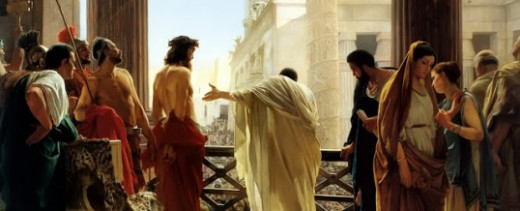
He That Is True
“... he that is true, ...” ~ The Grk word “alēthinos” does not only mean that which is genuine as opposed to that which is absolutely false, but also to contrast the actual with that which is only subordinately, or technically true. “It expresses the perfect realization of an idea as contrast with its partial realization” (Vincent). E.g. Moses gave bread (John 6:32), but the Father gave the “true” bread (John 6:32); Israel was the vine planted by God (Ps 80:8), but Jesus is the “true” vine (John 15:1). Vincent notes that the word (alēthinos) is characteristic of John’s writings: While found only once in the synoptic Gospels, once in Paul’s epistles and four times in Hebrews—it occurs nine times in John’s Gospel alone, four times in John’s first epistle, and ten times in the Revelation. And in each case John’s use of “alēthinos” has its own distinctive signification.
Truth is an uncomfortable idea in a world of shadows and nebulous images. We seem to be awash in the modern philosophical mush of non-truth. We are told that truth is relevant to circumstances at hand, and what is your truth is not another’s; we even hear of “opposing truths.” Our world is not so much different from the first century A.D., for we hear Pilate ask the hand ringing question “What is truth?” (John 18:38). But, the gospel declares to all the Pilates of the world that “truth” is not a what, but a Who. Jesus assured His disciples that He was the Truth (John 14:6), and that it would be the Spirit of Truth received as the “helper;” which would come after His departure. The apocalyptic rider of the white horse (19:11 cf. 6:2) is “called faithful and true and in righteousness he doth judge and make war.” When Jesus says “You shall know the truth and the truth shall set you free” (John 8:32), He is speaking of the personal relationship His disciples were continuing to have with Himself. He further says, “This is life eternal, that they might know thee, the only true God, and Jesus Christ, whom thou has sent.” (John 17:3). John, the seer of the apocalypse, wrote in 5:20 of his first epistle,
“And we know that the Son of God is come, and hath given us an understanding, that we may know him that is true, and we are in him that is true, even in his Son Jesus Christ. This is the true God, and eternal life.” (1 John 5:20)
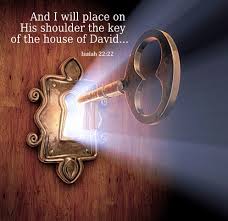
He Who Holds the Key to the House of David
“...the key of David, ...” ~ The association of the Key to the House of David with the churches goes back to Matthew 16:18-19 where the Lord presented the “keys of the kingdom of heaven” to Peter. Because of the authority invested into the New Testament ministry of the apostles and their heirs, Philadelphia had received the Christian witness; and, the presbyter (who was Christ’s ambassador to this city) is now addressed by Him who is King of the Messianic Kingdom, called the Kingdom of David (Isaiah 9:7). The kingdom title “Kingdom of David” is an exact one, because of the Davidic Covenant Yahweh made with David to establish his seat upon the throne of Israel in perpetuity (see Ps 89:3-4 cf 2 Sam 7:8-12). This covenant is realized in Jesus of Nazareth, the son of David (Luke 1:32). This is a reference to Isaiah 22:22,
“And the key of the house of David will I lay upon his shoulder; so he shall open, and none shall shut; and he shall shut, and none shall open.”
The same prophet had earlier said, concerning Christ (9:6),
“For unto us a child is born, unto us a son is given: and the government shall be upon his shoulder: and his name shall be called Wonderful, Counsellor, The mighty God, The everlasting Father, The Prince of Peace.”
The statements: “key of the house of David will I lay upon his shoulder” and “the government shall be upon his shoulder” are saying the same thing. The “key” is a symbol of authority, or rulership—which is government. To the church of Philadelphia Jesus is declaring Himself ruler of the Messianic Kingdom. This is but another proof of the oneness between the church that was born A.D. 30, at Pentecost, and the kingdom of the Messiah. This is yet another confirmation that Jesus of Nazareth, the son of Mary, is presently seated on the throne of David, as promised to Mary by the angel Gabriel,
“He shall be great, and shall be called the Son of the Highest: and the Lord God shall give unto him the throne of his father David: 33 And he shall reign over the house of Jacob for ever; and of his kingdom there shall be no end.” (Luke 1:32-33)
It is a shameful thing that many who profess themselves teachers of Scripture have not as yet accepted their King. They speak well enough of Jesus as Lord and Savior, but leave His kingship over the nations of the earth to be enjoyed by a race that was rejected by God, nationally, 2000 years ago. Until the Lord’s church receives, into its theology, the prophecies of the throne of David (Ps 132:11; Is 9:6&7; 16:5; Jer 23:5) as having been realized in the Church, the consummation of the kingdom stands offshore. The Church must accept her responsibility to preach the “Gospel of the Kingdom” (Matt 4:23, Mark 1:14). The sword that proceeds from the mouth of Christ, which smites the nations (19:15) and makes the “kingdoms of this world … the kingdoms of our Lord” (11:15), is none other than the preaching of the word of God (Heb 4:12 cf. 1:16) by those who “follow the Lamb whithersoever he goeth” (14:4); who are the “called, and chosen, and faithful” (17:14). The King of the Throne of David reminds the angel of Philadelphia, of His kingdom prerogatives, for what has been opened cannot be closed and what has been closed cannot be opened. Although the King James Version reads “no man shutteth” and “no man openeth” the word “man” is not in the text (“oudeis kleisei, … oudeis anoigei”). Instead the word is “ouden” (St’s #G3762) which means “anyone” or “anything.” Therefore the kingdom prerogatives which have been opened or loosed, shut or bound, no one (or thing), in or out of this world, can change. Jesus told Peter, upon giving him the authority of kingdom ministry,
“And I will give unto thee the keys of the kingdom of heaven: and whatsoever thou shalt bind on earth shall be bound in heaven: and whatsoever thou shalt loose on earth shall be loosed in heaven.” (Matt 16:19)
The power to loose and bind was extended to all of the disciples in Matthew 18:18, in the matter of kingdom administration. (An example of this kingdom prerogative is seen in Acts chapter 15, at the Jerusalem Council.) The bishop of Philadelphia is assured of his position in the Beloved; and along with him his community.
Apostolically Speaking
☩ Jerry Hayes


